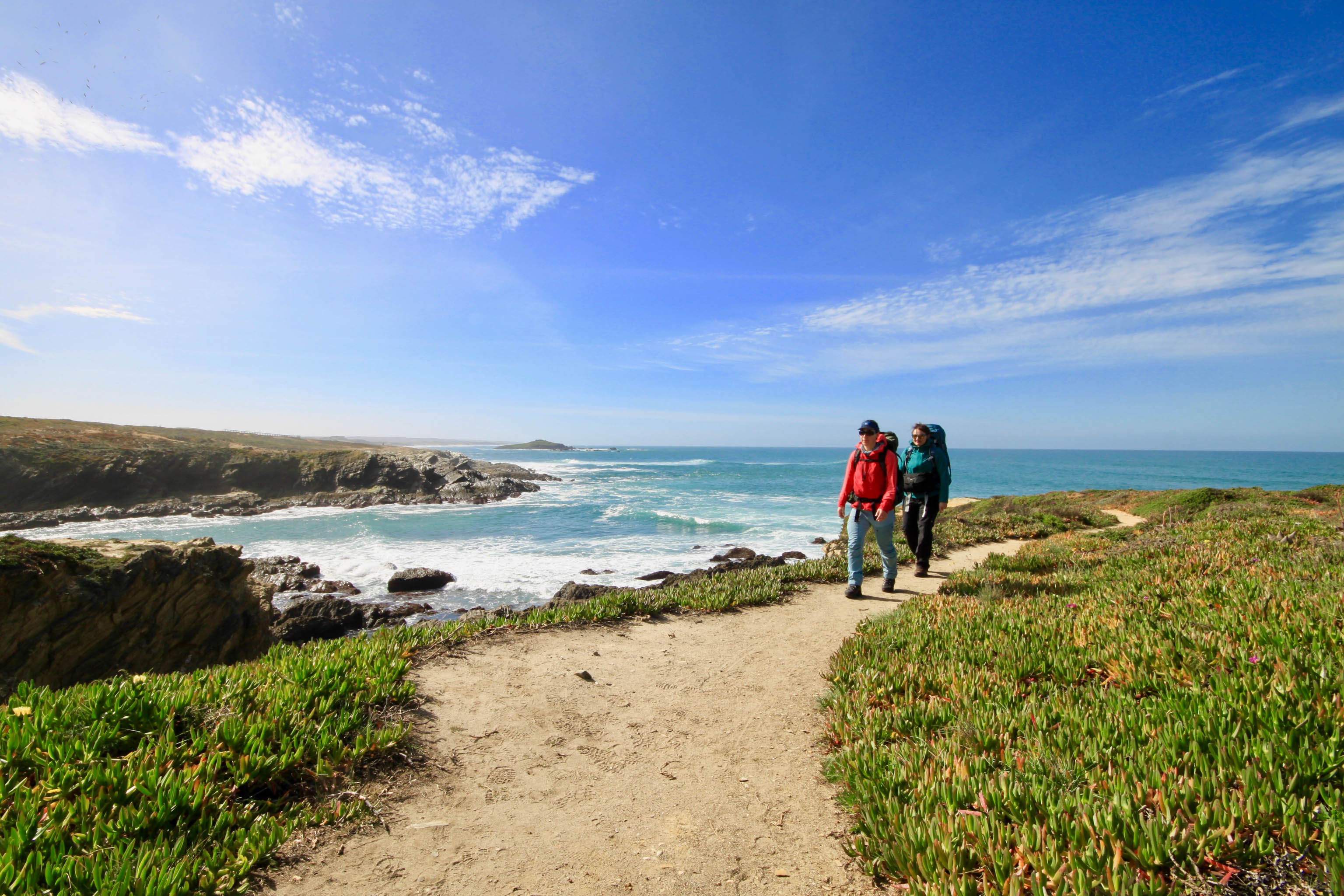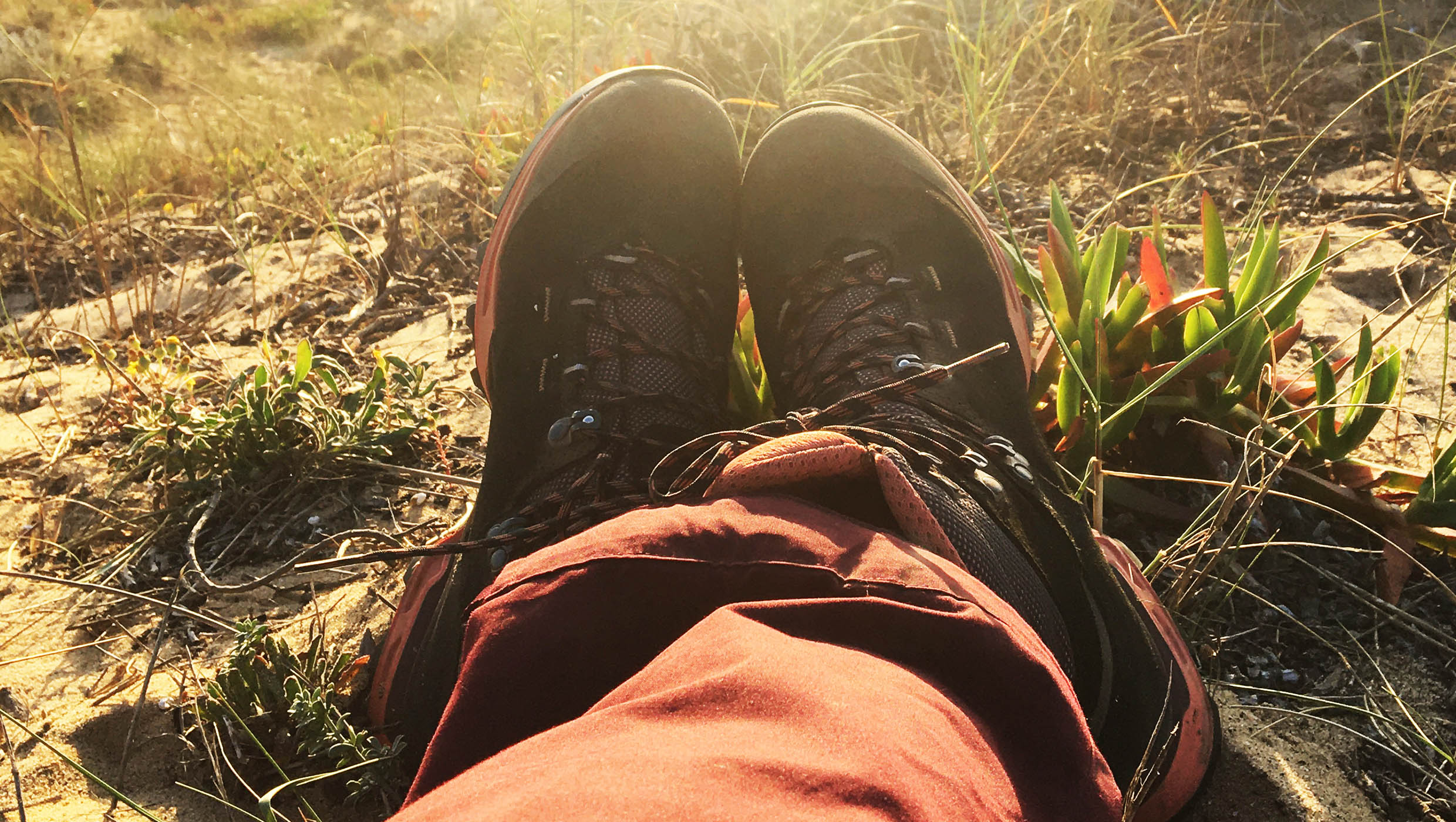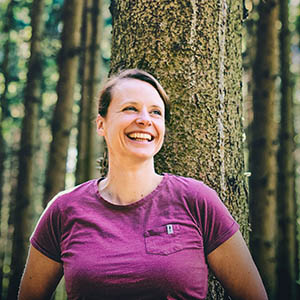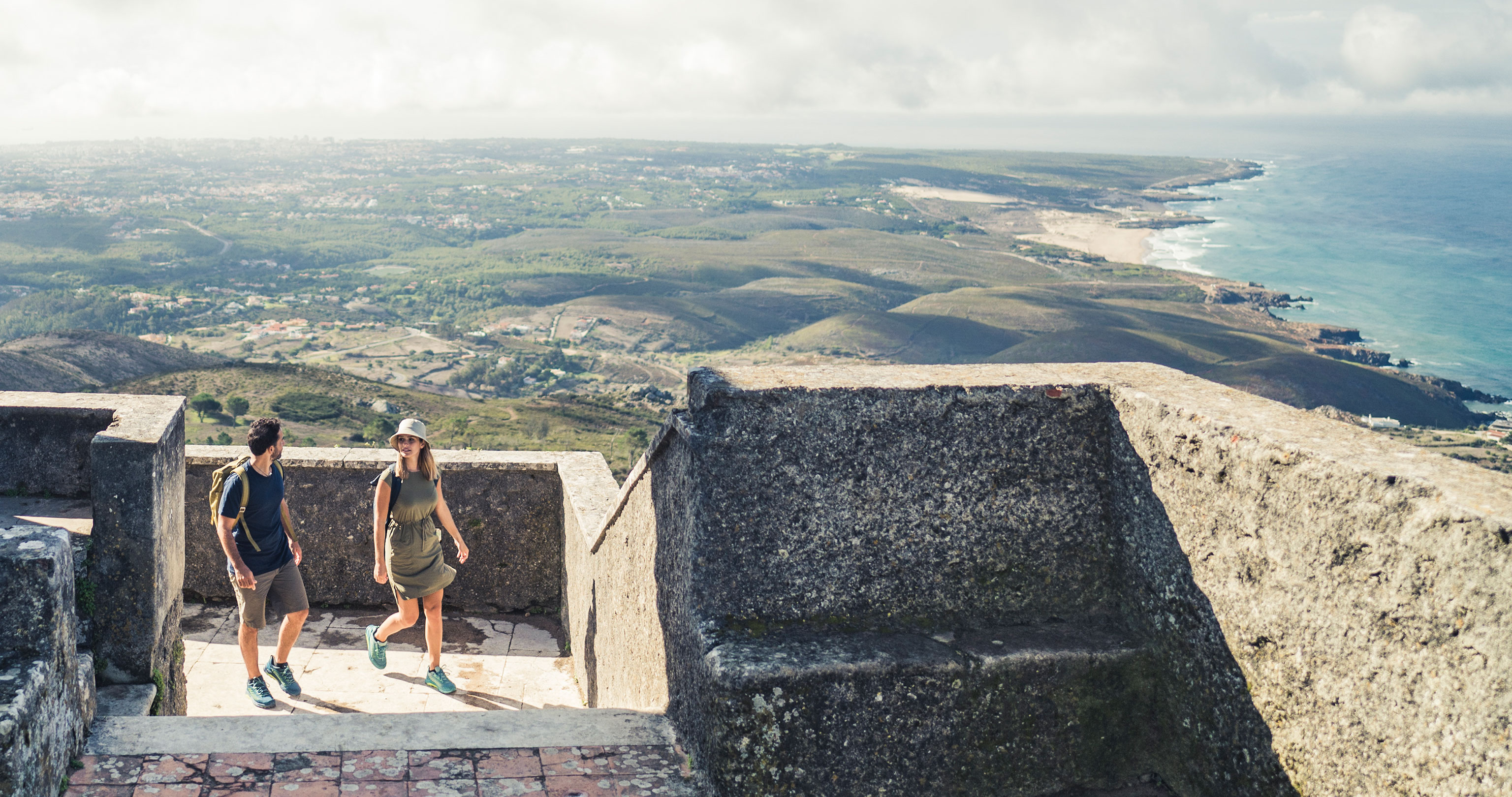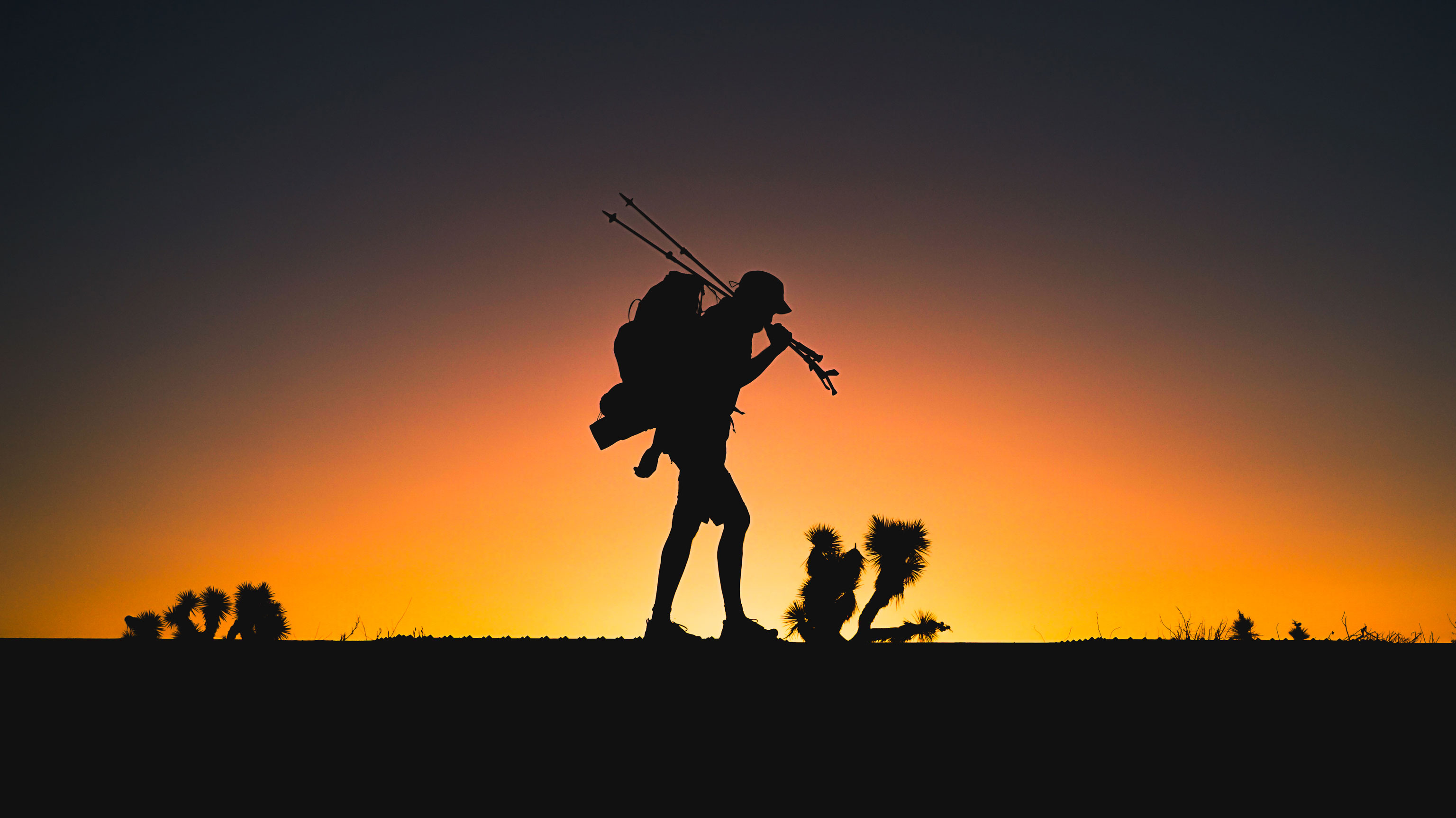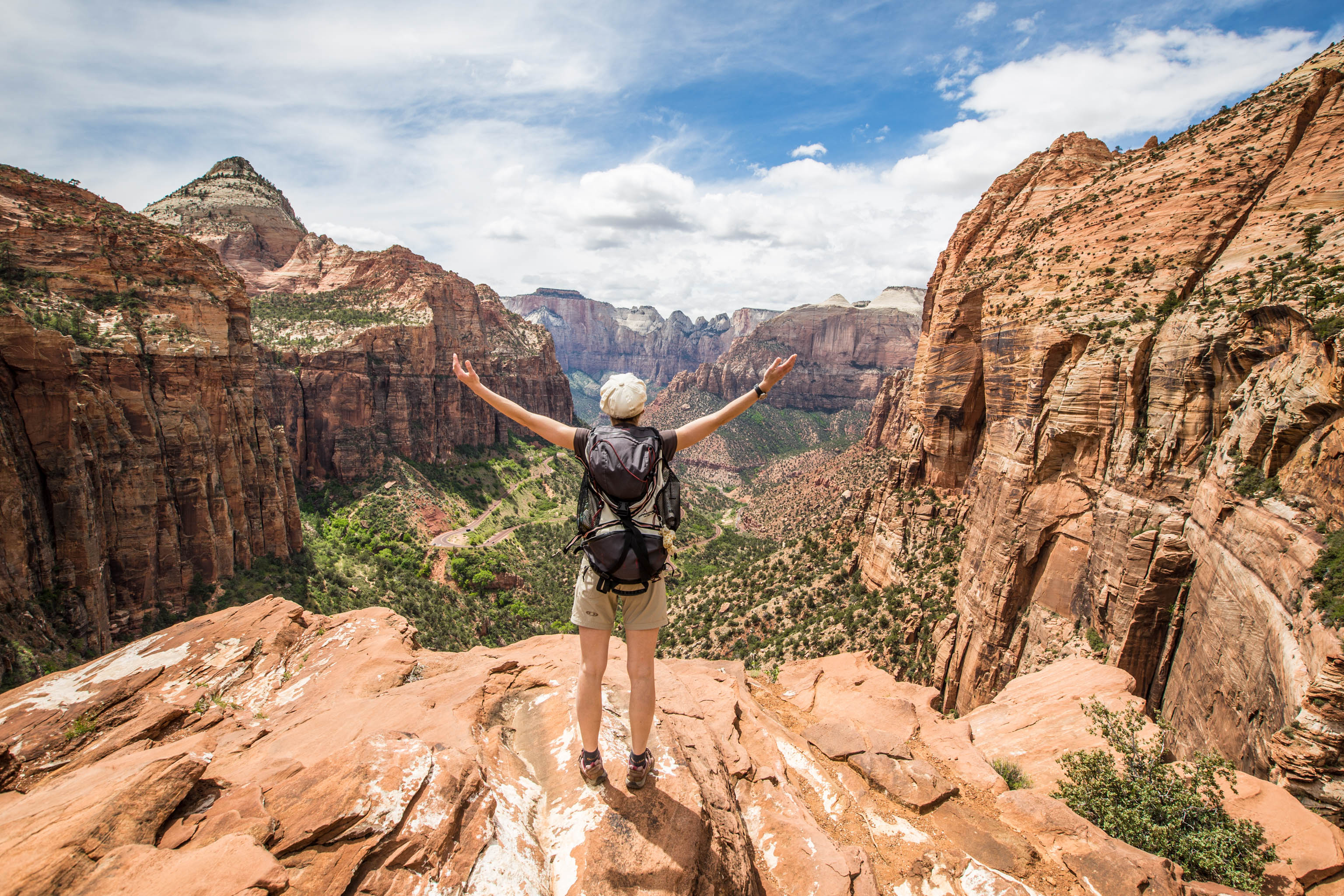Updated on
“Head south and keep going. You can’t go wrong. You have the mainland on your left, and the Atlantic to the right.” He points his finger to show us the way… According to Balthasar Trüb, the owner of Três Marias Guesthouse, this is all we’ll need to know to find our way. It’s early morning and we’re standing in the market square of the little village of Porto Covo. The white buildings are aglow in the morning sun. We’re about to start our long-distance trekking adventure – hiking some 100 kilometres of the 226-kilometre Fisherman’s Trail in Portugal.
Our Hiking Route on the Fisherman's path
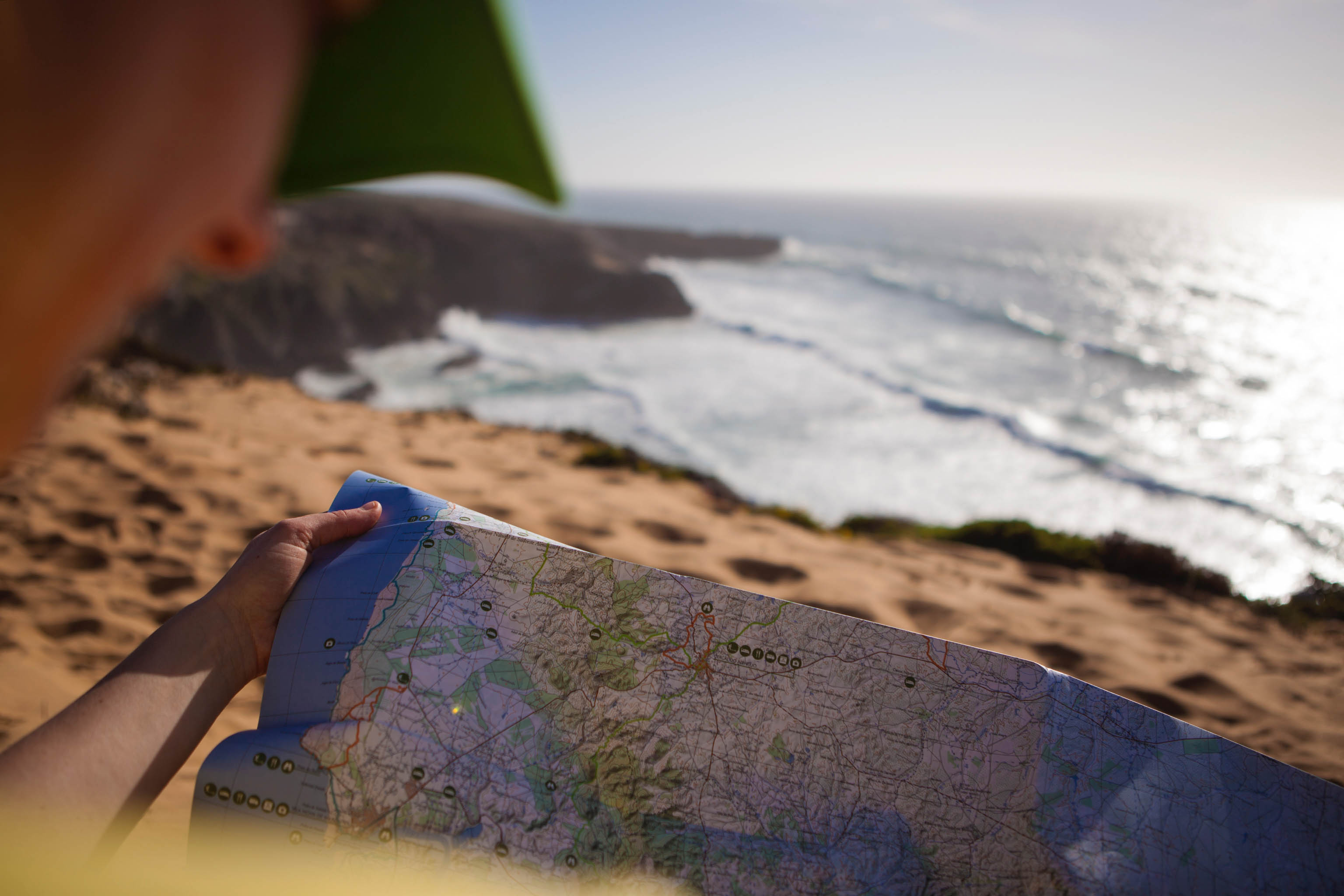
Before leaving us, he explains exactly what to expect in the first stage. A Portuguese national, but with Swiss roots, Balthasar is co-founder of the Rota Vincentina Portugal, a 740-kilometre-long hiking network. He is keen to share with his guests the cultural and natural landscape of the wild Alentejo region that lies 170 kilometres south of Lisbon. “The Fisherman’s Trail is only a small part of the local hiking potential. There’s a lot to explore here.”
And that’s exactly why we’re here. After craving the sun for months on end and enduring grey skies back at home, we’re hoping that by hiking in Portugal we’ll be exposing ourselves to an environment that will really kick-start our ‘happy hormones’. We stand at the top of the steep Atlantic shoreline, shoulder our backpacks and gradually make the descent to the start of the trail – a deserted white sandy beach. Just looking at what awaits us already generates an endorphin rush.
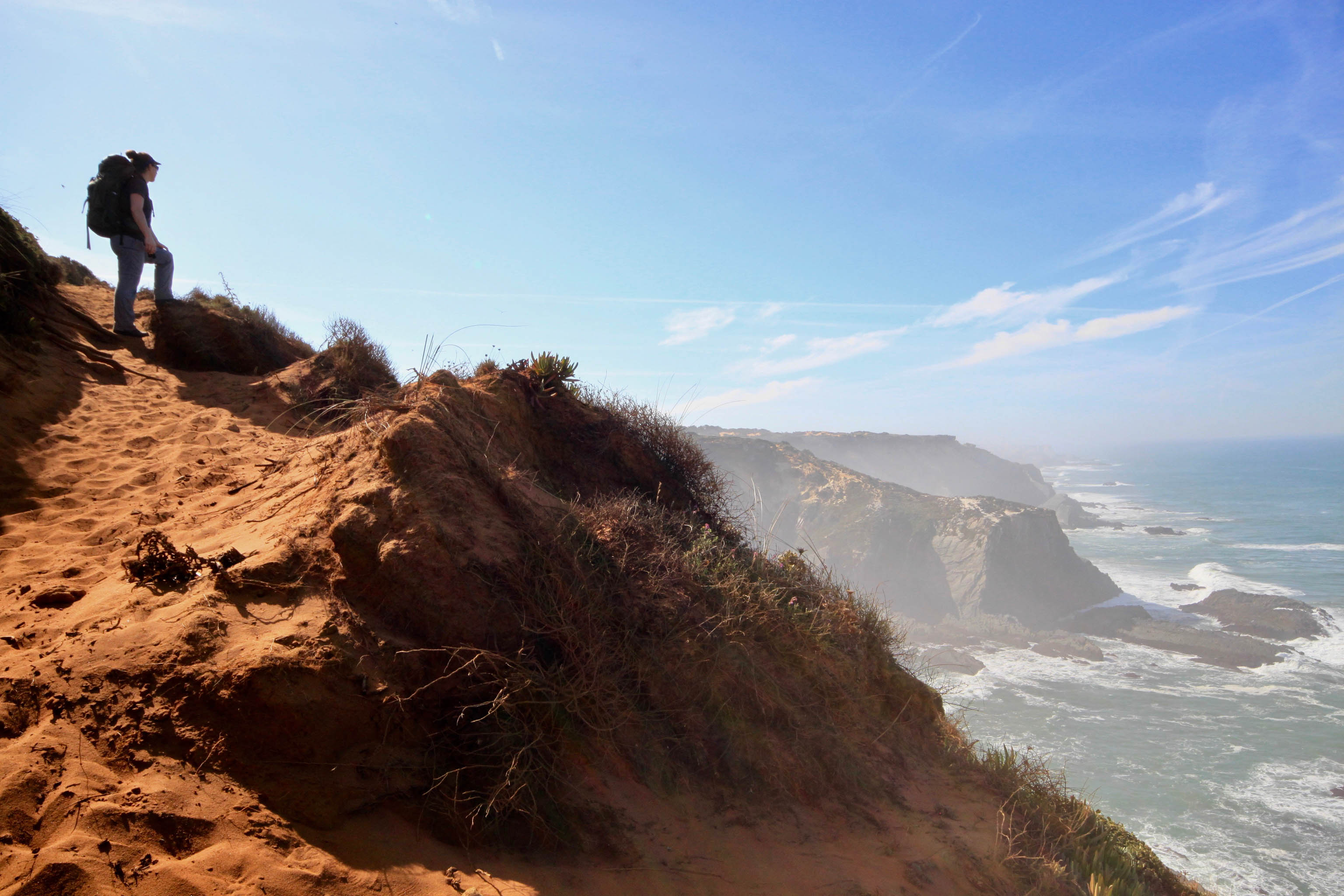
Hiking in Portugal: Beach holiday meets fitness camp
The Atlantic breeze ushers us south. With the crashing waves as our companion, we follow narrow trails through the dunes. These are the trails used by Alentejo locals to get down to the coast for fishing, which is why they named them the “Fishermen’s Trail” or “Fisherman’s Trail”. There’s not a car or road in sight. Covering some 75,000 hectares and 110 kilometres of coastline, the nature reserve of Sudoeste Alentejano e Costa Vincentina is a real jewel. Among the dunes, cliffs and sandy, reedy hinterland, nature watchers and hikers are treated to rare species of amphibians, birds and marine animals.
At 20 kilometres, the first stage from Porto Covo to Vila Nova Milfontes may not be the longest, but it’s not long before we realise what hiking through sand really entails. Any doubts we’d had about whether high-cut trekking boots were a little over specced for the job are soon dispelled. The high uppers prevent sand from getting in as we sink deep into the trail that leads over the high dunes. Luckily, the dunes also distract us from our exertions too. Because behind each new sandy hillock, another little beautiful bay awaits.
“I had to explain to the Portuguese why it is that we Central Europeans like to hike. And that we actually enjoy it.”
Balthasar Trüb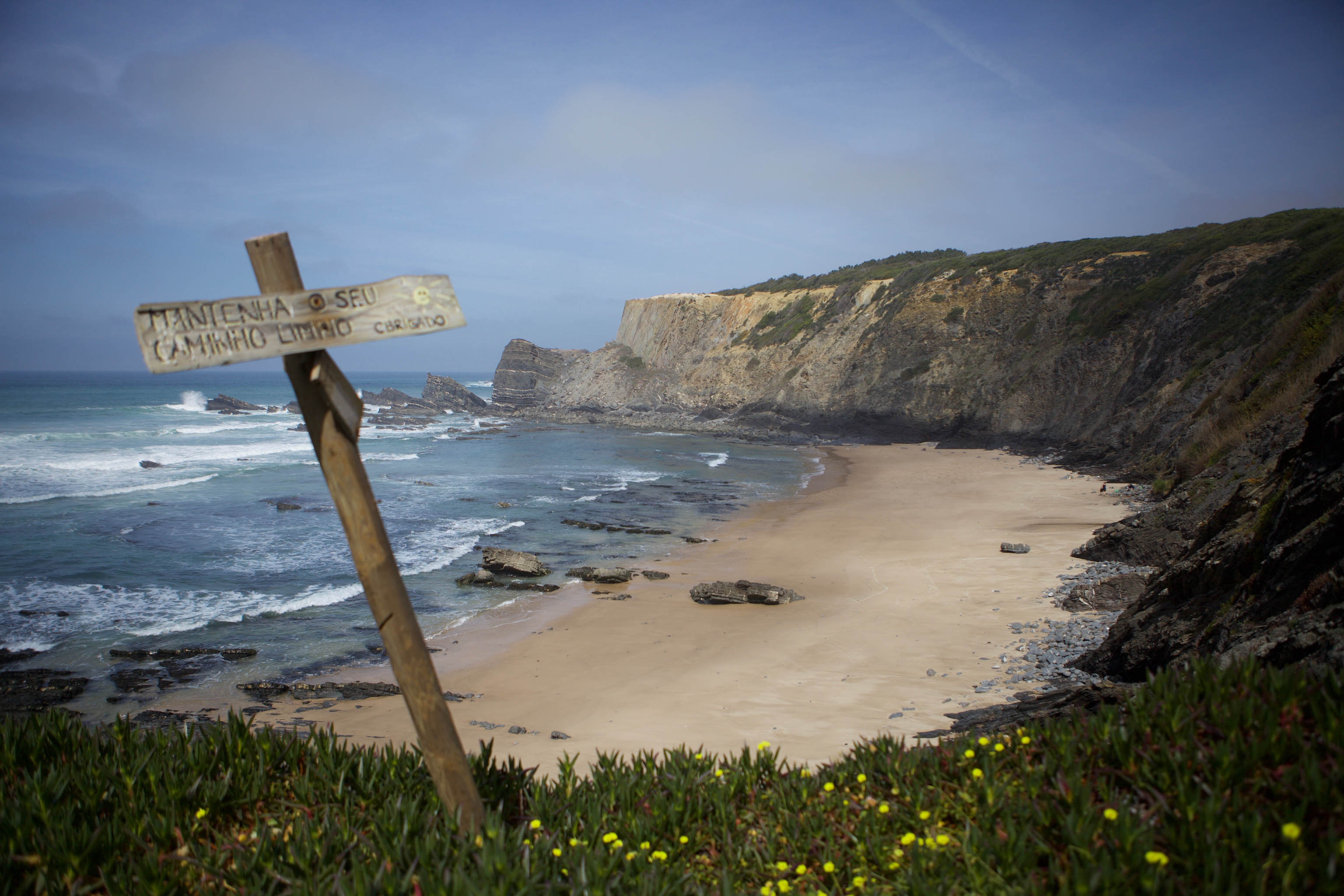
“I had to explain to the Portuguese why it is that we Central Europeans like to hike. And that we actually enjoy it”. We recall Balthasar’s words. He was born in Switzerland, but has Portugese roots and moved to the area some 20 years ago when he introduced the locals to the potential for tourism from ‘hiking in Portugal’. “Everyone used to be pretty poor here. And there are many people in Central European cities who only move from their beds to the underground, to the office and back. So, when they’re on holiday they want to immerse themselves in nature.”
And how right he is! We can feel our Central European desk-bound muscles – or lack of muscles – aching as we cover the last stretch before today’s goal, a little Finca on the outskirts of Vila Nova Milfontes. After a quick shower, we gratefully sink into the seats in the kitchen of Finca Monte do Zambujeiro, where our hostess Monica replenishes our energy stores with delicious Bacalhau. The dried, salted cod, which Portuguese traders have for centuries sourced from Newfoundland and Norway, is Portugal’s hearty national dish. Sated and tired we stroll back to our little holiday home. A cool breeze blows across the 70-hectare plot, reminding us that it is still winter here in Portugal. We collapse into our beds like a sack of potatoes. It turns out that beach holidays can really take it out of you!
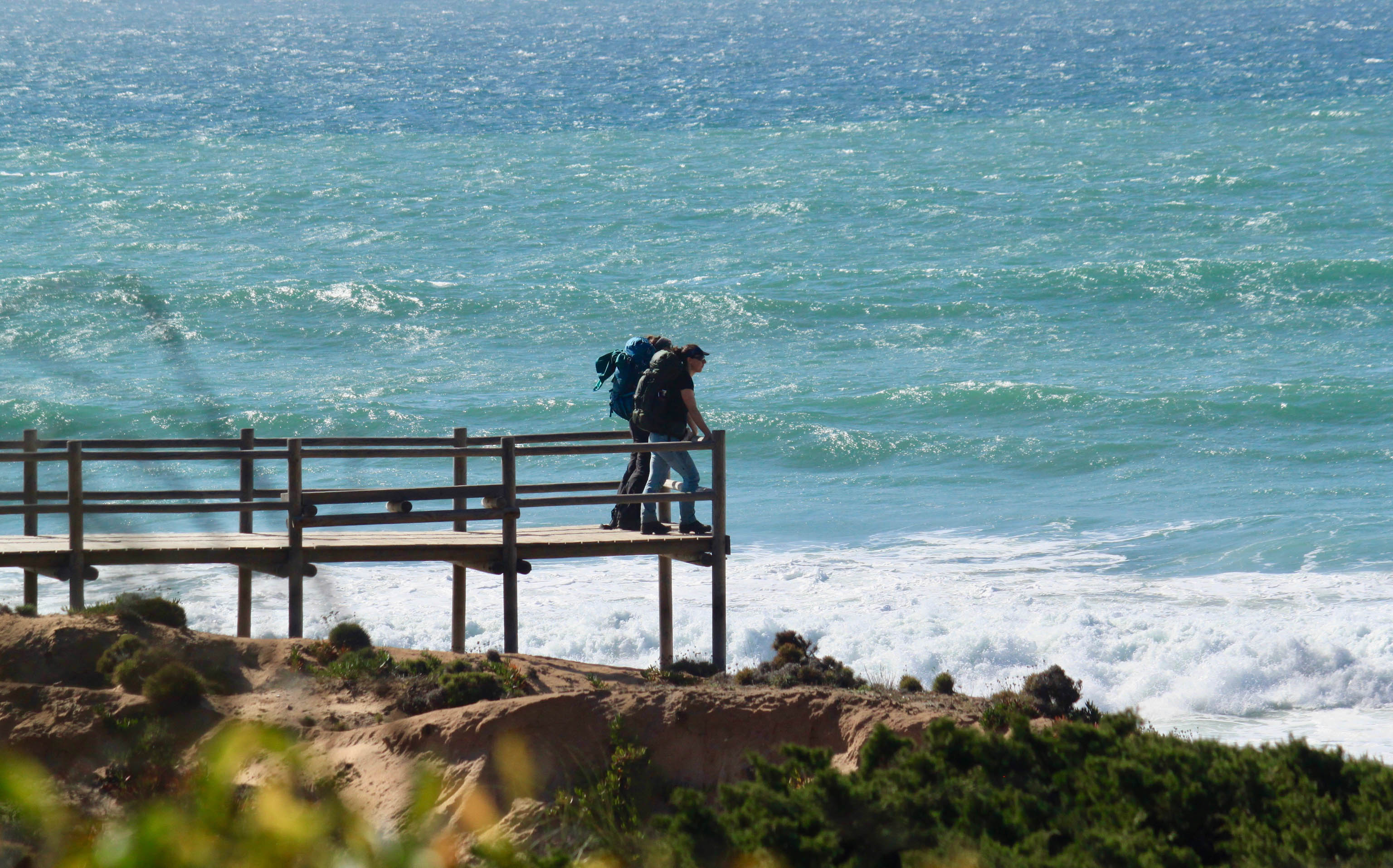
Heatwaves on the Fisherman’s Trail
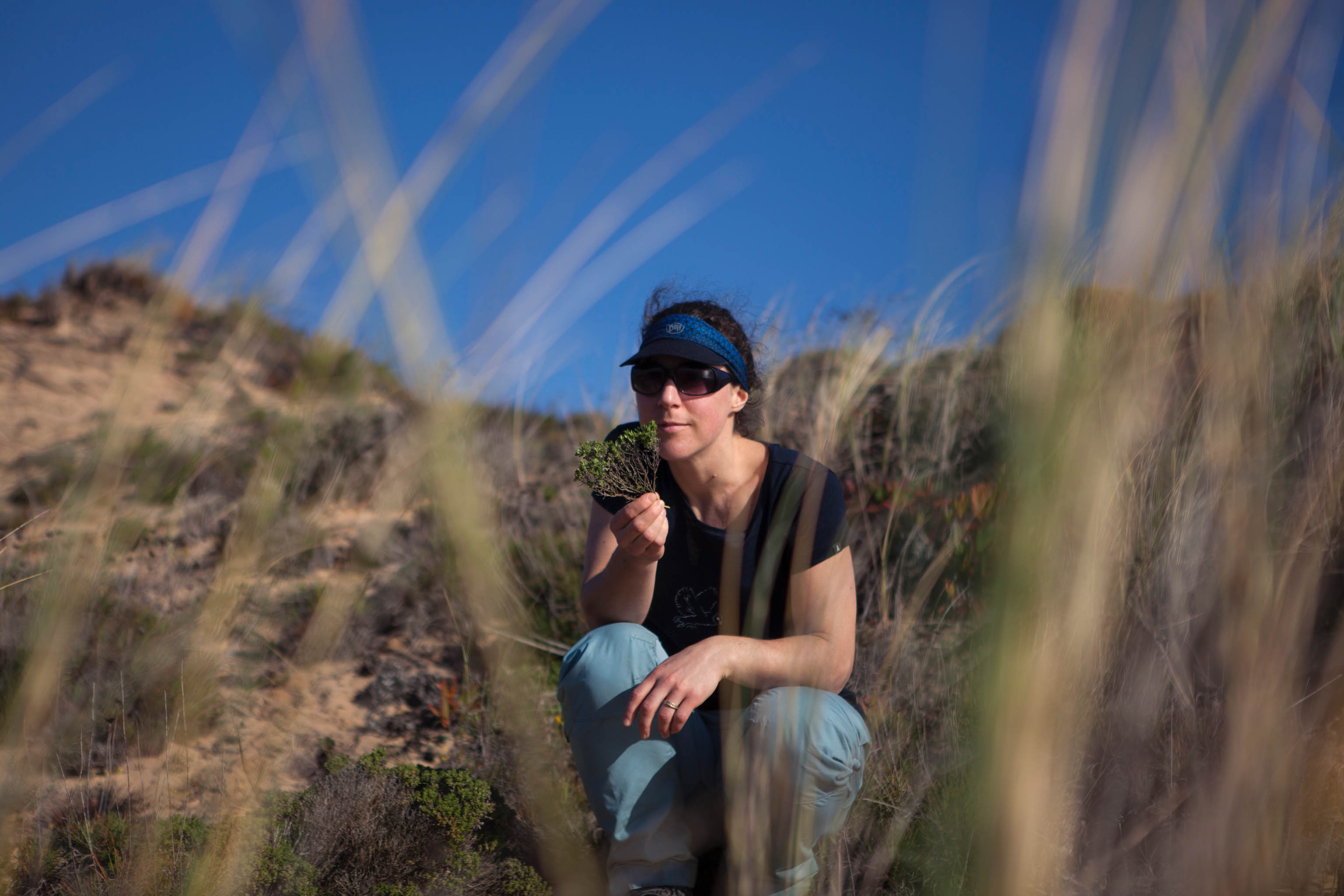
The countryside awakens and the intensity of the colours and fragrances settles in a light mist over the river delta of the Mira, a watercourse that stretches 175 kilometres from the interior to the sea. Balthasar was right again: even away from the ocean, on the hinterland paths of the Rota Vincentina, there are numerous natural treasures just waiting to be discovered.
Our backpacks quickly packed, and anti-sand boots back on, we make our way back to the coast through a cork plantation. “We harvest the bark every ten years or so. Then we mark them with a number so that we know when they were last done”. Monica had explained to us at dinner how the cork oaks are grown. Now we trudge with interest through the ancient trees and reverently stroke their raw ‘crops’. On the coast, too, nature knows no bounds today: Wildflowers, aromatic herbs and reeds shoot up around us or fight for the attention of our eyes with vibrant colours. The fine scent of thyme and salty air accompanies us over the next kilometres on Portugal’s Rota Fisherman.
Always stay up to date: Subscribe to the HANWAG newsletter and become part of our community.
Unlike other coastal regions on the Iberian Peninsula, you won’t find large hotels and holiday resorts here. The landscape here is too rugged, too barren. At only 15 kilometres, the second stage is moderate and allows us time to fully enjoy our surroundings. Even better, seeing as we’re alternately treated to cliffs, beaches, bays and dunes – each one similar yet different from the next. And boredom? Not a whiff – even after five hours walking the Fisherman’s Trail. More like mild sunstroke, with the ‘winter’ temperature today surely around 27 degrees. In the distance we can make out our destination for the day: Almograve. It’s a small town that only really comes to life with summer tourism. In early March the place is still in hibernation.
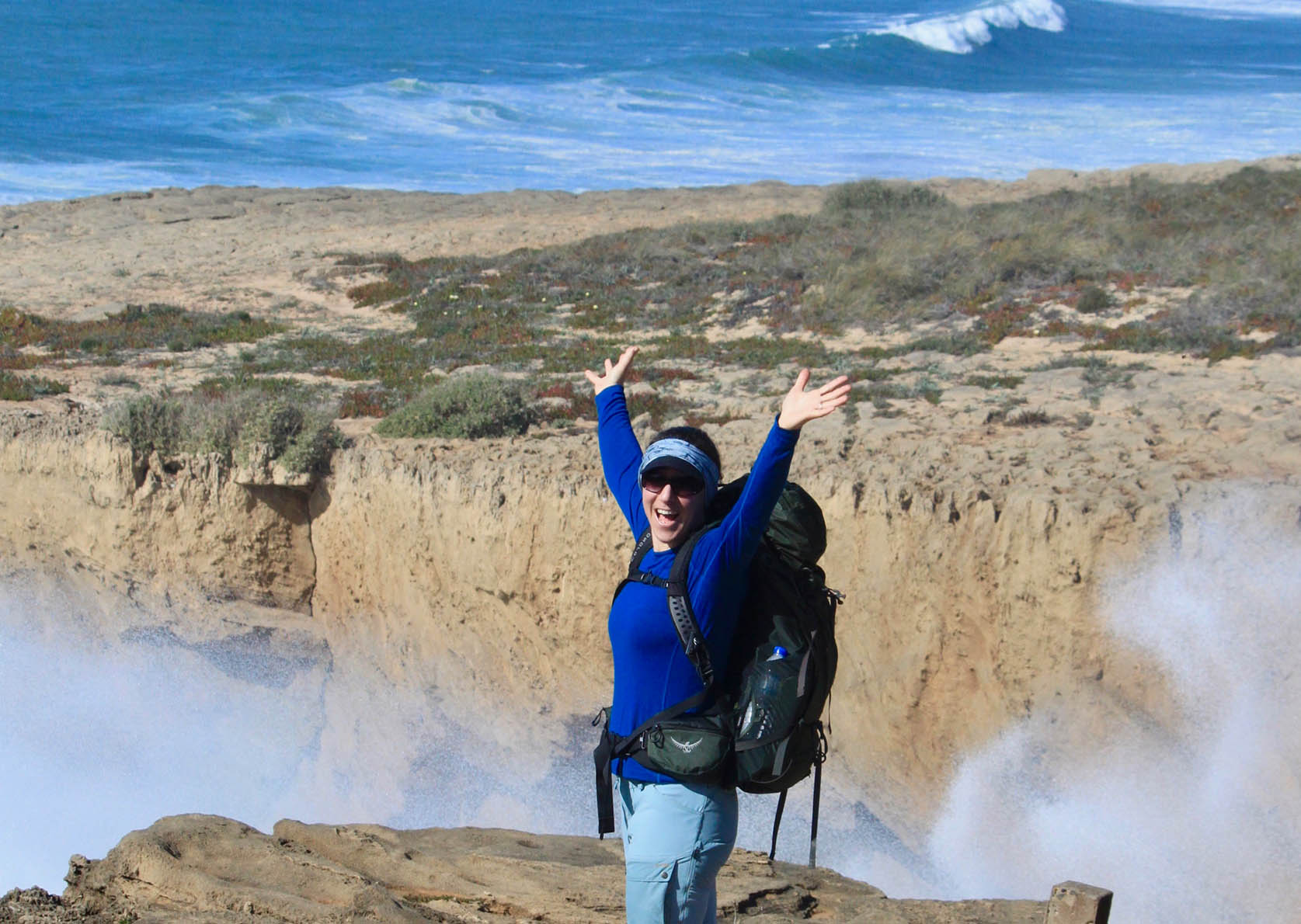
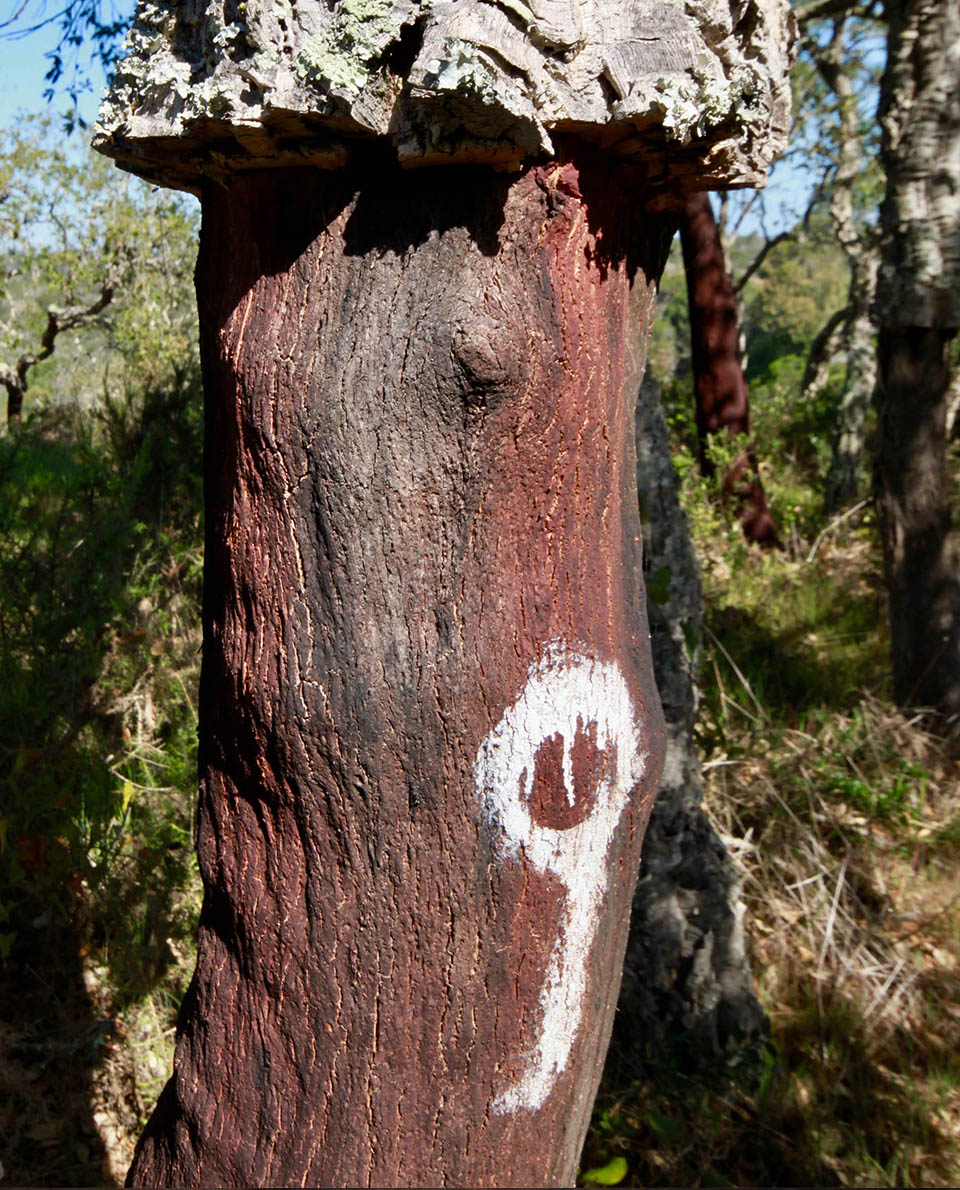
Soaring over the Rota Vicentina Portugal
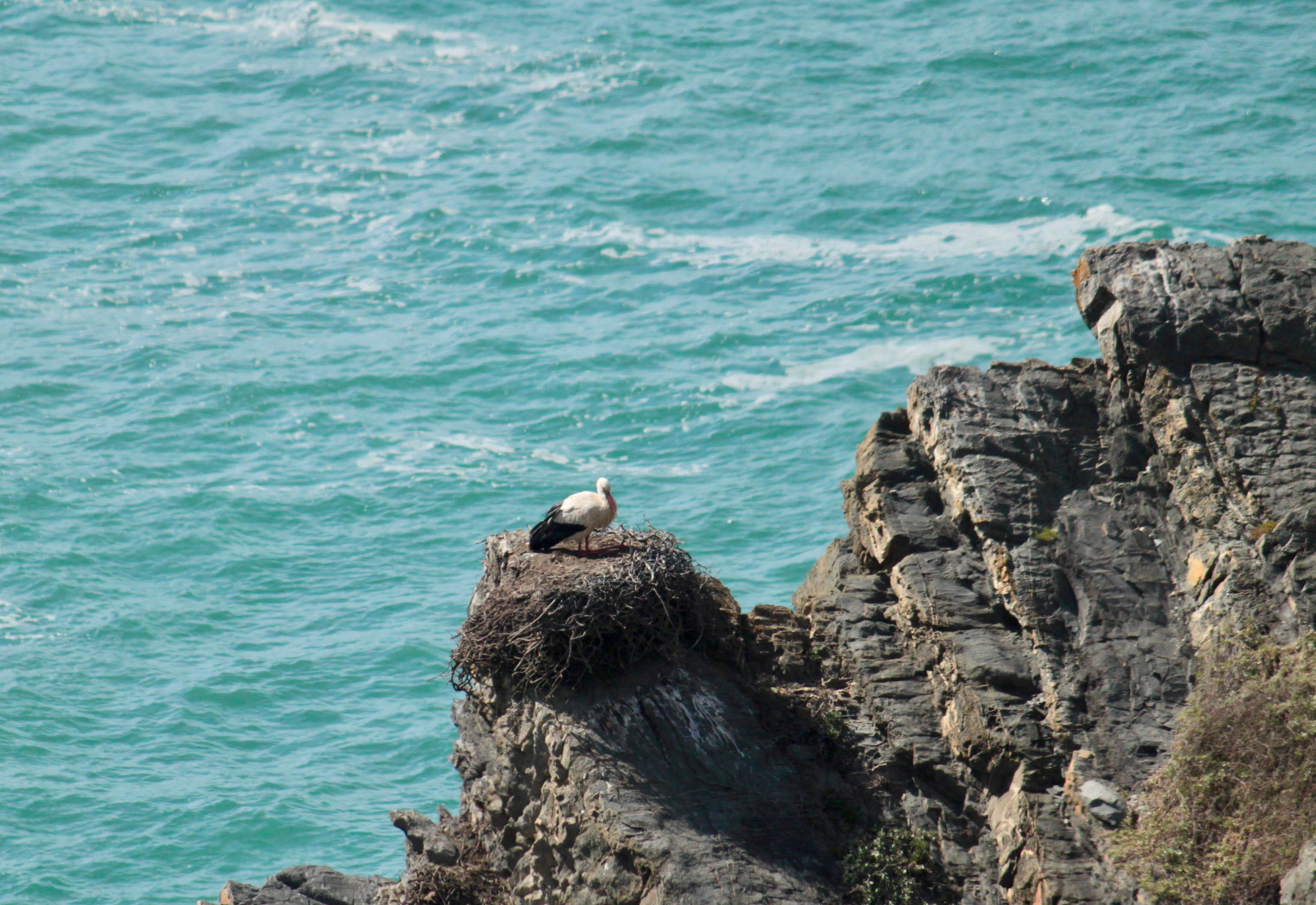
A quick look round, its red beak raised in the air to check wind direction. A risky take-off like this needs a bit of forethought after all. Especially if the airport doesn’t have a runway of any kind and the pilots have a 15-metre free-fall before them. Aaand… take off! He leaps out of the nest with zest and drops away. Shortly before hitting the surface of the sea, he spreads his black and white wings and glides over the turbulent surf. The white stork is an impressive pilot. We gaze in amazement at the storks’ unusual nesting sites on jauntily angled rock outcrops. Don’t the crashing waves and spray disturb them? Maybe they’re also drawn to the colourful rocky landscape. The white sand dunes stand in stark relief to the burnt orange cliffs.
Today, we’re mostly walking on the tops of the cliffs. A fear of heights is not advisable here, that’s for sure. Some sections of the path are marked with detours because the original trail has eroded over the years and disappeared into the depths of the coves. And we’ve made it. After 22 kilometres, this stage finishes in Zambujera do Mar. And again, we are soon tucked up in bed, tired and fully stocked up on endorphins.
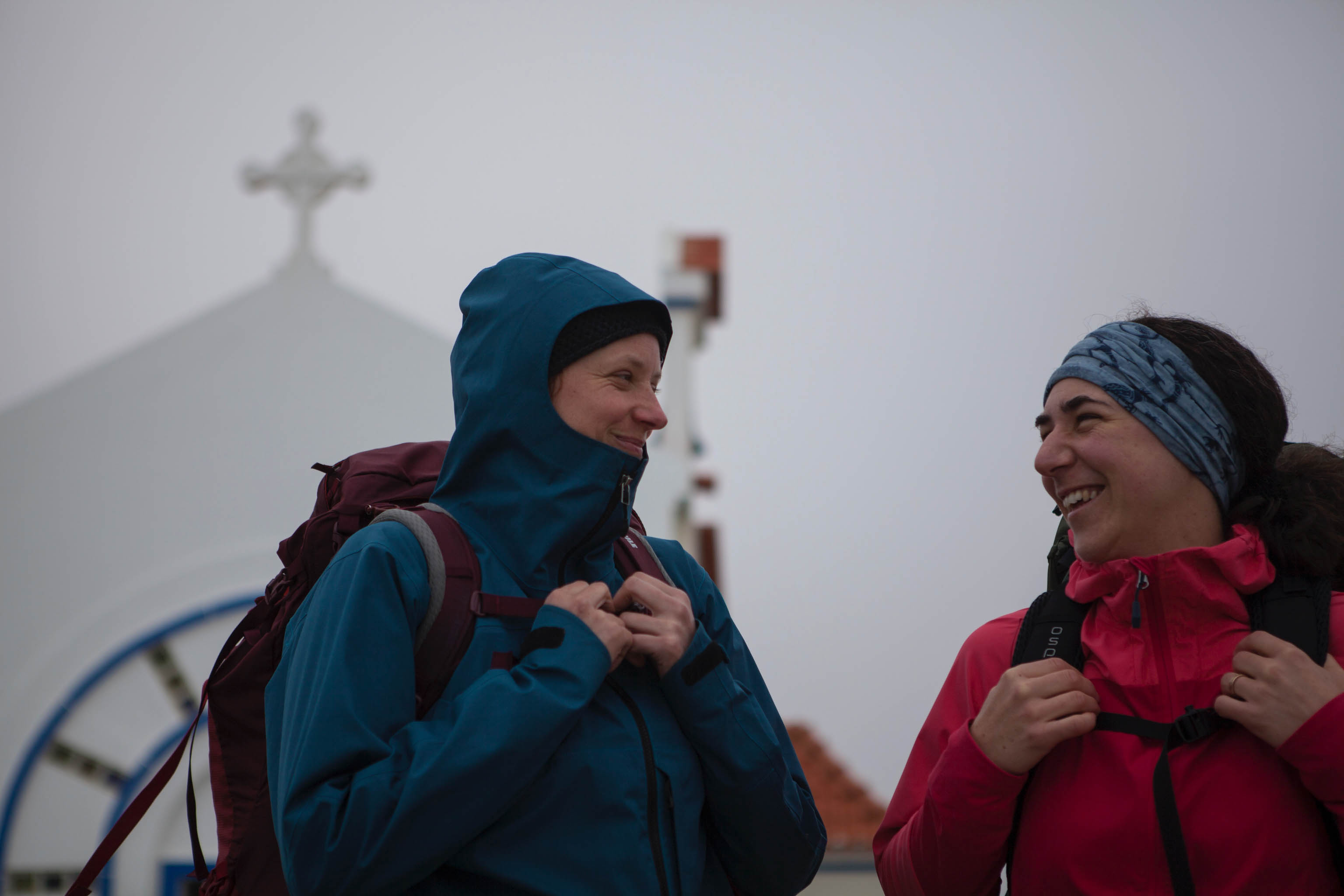
On the last morning, everything is different. Thick fog blankets the coast, a few raindrops fall on our faces. After three days of solid sunshine, wearing a rain jacket makes for a welcome change. Instead of every hue of sprawling flowers, the land and sea along the Fisherman’s Trail are shrouded in a mythical veil today. It makes the sound of the waves crashing against the dark rocks seem even more impressive and more powerful. It’s as if the sea were saying “Nature calls the shots here!”
It’s something that also becomes apparent over the final kilometres of the hike. Like almost all the villages here, our final destination Odeceixe, is not right by the coast, but a few kilometres inland. If they were next to the Atlantic, the people, houses and boats would be at the mercy of the weather and the sea. We head inland at the estuary of the Ribera de Seixe. But not before we take a last longing look out over the wide expanse of ocean. It’s hard to tear ourselves away. It gets quieter – no more waves crashing against the shore, no more pebbles turning, rolling and crunching under the weight of the water. Just our heads buzzing with the impressions of this incredibly beautiful landscape, which could not have been more varied or exciting.
How to plan your hike on the Fisherman's trail
Hiking trails: The Rota Vicentina Portugal is a network of long-distance hiking trails in the southwest of the country. It currently encompasses 740 kilometres of trails including the ‘Historical Way’ and the ‘Fishermans Trail’. The ‘Historical Way’ is a rural trail through the hinterland. The ‘Fisherman’s Trail’ runs almost exclusively along the wild coast, passing through the regions of Alentejo and Algarve in 13 day stages. It starts in Porto Covo. The regular section, which can be completed in 4-5 days, finishes in Odeceixe. Those with more time on their hands can carry on hiking through the Algarve, and finish in Cabo de São Vicente. Even though the Fisherman’s Trail does not cover technically difficult terrain, it should not be underestimated. Endurance is required and strong legs that can handle the longer stages and the many sandy sections
Best time of year: With mild winters and hot summers, the best time for the Rota Vincentina Portugal and for hiking in the Algarve and Altenejo in general is from September to June. All year round it has a mild Mediterranean climate due to the strong influence of the Atlantic Ocean. Tip: Start as early in the day as possible to avoid the midday sun – there is virtually no shade along the entire route. And there are few opportunities to buy or refill water.
Accommodation: There are campsites and small hotels in all the village along the length of the Fisherman’s Trail. But it’s sometimes worth hiking the extra distance inland to find more rustic, nature-focused guesthouses. Camping is forbidden within the nature reserve itself. Most guesthouses and hotels provide a luggage transfer service to your next night’s accommodation.

